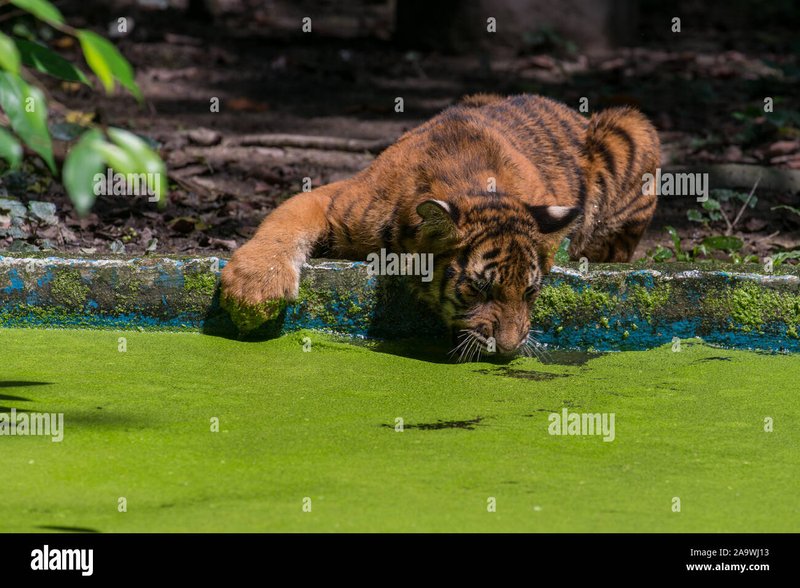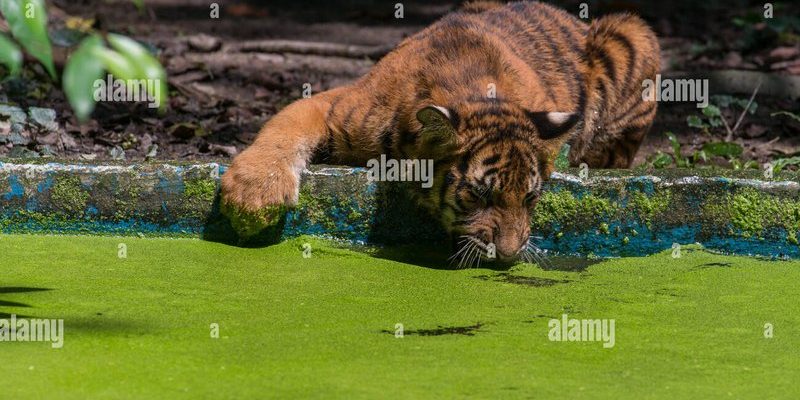
Let’s dive into the unusual world of the Malayan hammerhead worm. We’ll explore what makes them special and whether they can be successfully cared for and utilized in research or farming. Honestly, it’s almost like discovering a hidden gem in the animal kingdom, and you might be surprised by what you find.
What is the Malayan Hammerhead Worm?
Before we jump into the details of keeping them in captivity, it helps to know what the Malayan hammerhead worm really is. These creatures belong to the genus *Bipalium*, and their most notable feature is that distinctive hammer-shaped head. But that’s just the tip of the iceberg.
These worms can grow up to 30 centimeters long, and they’re often a mix of colors—ranging from brown to green, with a striking pattern that’s almost mesmerizing. They are native to Southeast Asia, particularly Malaysia, and have made their way to other parts of the world, sometimes creating a stir by becoming invasive. Their ability to regenerate is astonishing; if they lose a part of their body, they can often grow it back. You might think of them like the superheroes of the worm world!
Can Malayan Hammerhead Worms Be Kept in Captivity?
Keeping Malayan hammerhead worms in captivity might not be as straightforward as you’d hope. These worms are primarily terrestrial, thriving in moist environments, such as leaf litter or soil rich in organic matter. So, if you’re considering keeping them, the first step is creating the right habitat.
You’ll need to provide a suitable environment with plenty of humidity and warmth. Think of setting up a mini rainforest in a container. Use soil that’s rich in organic material and keep it moist without making it soggy. Remember, these worms aren’t fans of extreme temperatures, so aim for a steady temperature between 20 to 25 degrees Celsius.
Additionally, these worms can be a bit elusive. They tend to hide during the day and come out at night, making them more of a nocturnal pet. So, if you love watching your pets in action, be prepared for some late-night worm watching!
Studying Malayan Hammerhead Worms
The scientific community has taken a keen interest in these worms, specifically because of their regenerative abilities and unique biology. Studying them in captivity could open many doors for researchers. Their ability to regenerate lost body parts provides insights into cellular regeneration and tissue healing, which could have implications for human medicine.
Moreover, the Malayan hammerhead worm is a predator, often feeding on smaller invertebrates like earthworms. By studying their diet and behavior, scientists can learn about ecosystem balances and the effects of introducing non-native species.
To study these worms effectively, researchers would ideally keep them in controlled environments where they can monitor their growth, feeding habits, and reproduction. Providing the right conditions in captivity is crucial for gathering meaningful data. Let’s face it—if they’re not comfortable, you won’t get very far in your research.
The Challenges of Farming Malayan Hammerhead Worms
While the idea of farming Malayan hammerhead worms might seem appealing, it’s quite the challenge. These worms have specialized care requirements that can be tough to manage on a large scale. You might be wondering, why would anyone want to farm them in the first place?
One potential reason would be their use in scientific research or education, where hands-on experience can enhance learning. However, farming requires a consistent and sustainable approach to their habitat and food supply. Creating an adequate ecosystem to support a thriving population while preventing overcrowding or disease is a tall order.
Another challenge is that they can be somewhat sensitive to changes in their environment. If conditions swing too far in either direction—too dry, too moist, or too cold—you could end up with a decline in their population. So, while farming these unique worms is theoretically possible, it requires a lot of effort and expertise.
Ethics of Keeping Malayan Hammerhead Worms
When considering keeping or studying Malayan hammerhead worms, ethical questions arise. Are we disrupting their natural environment by keeping them in captivity? Honestly, it’s a valid concern. It’s essential to think about how these worms will be impacted by being removed from their natural habitats.
Some scientists advocate for in situ research—studying these creatures in their native environment instead of bringing them into labs or farms. This can help maintain ecological balance while allowing for valuable insights. However, if you do choose to keep them, responsible practices matter. Make sure you source them ethically and provide the best care possible.
Keeping these worms also raises questions about the potential spread of invasive species. If kept improperly, they could escape and disrupt local ecosystems. This is why it’s crucial to think twice before embarking on any worm-keeping journey.
In conclusion, the Malayan hammerhead worm is a fascinating creature that captures our curiosity for many reasons, from its unique biology to its potential in scientific research. While keeping them in captivity presents challenges, the thought of unlocking their secrets keeps scientists and enthusiasts alike eager to learn more.
Whether you’re thinking about keeping these worms for fun or research, it’s crucial to approach it with care and responsibility. With the right knowledge and practices, we can appreciate these remarkable creatures without compromising their well-being or that of the ecosystems they inhabit.
So, if you ever find yourself pondering the world of worms, remember that even the humblest creatures can hold incredible mysteries waiting to be uncovered!

